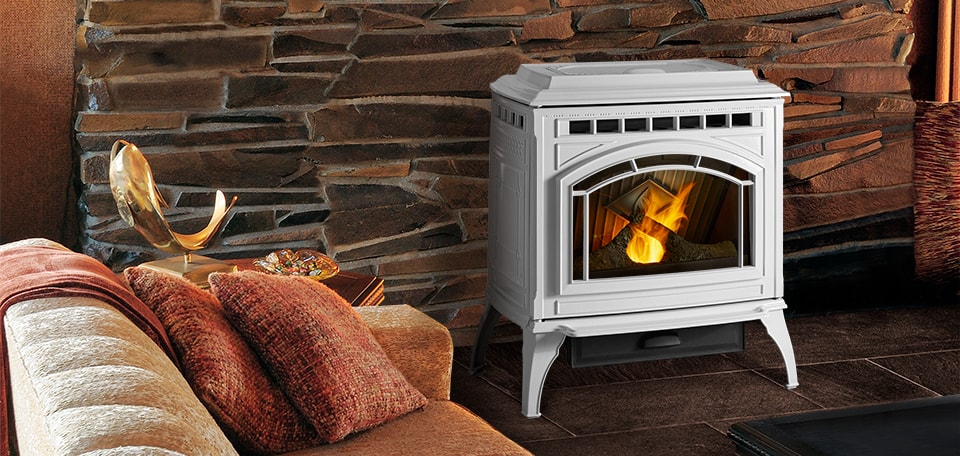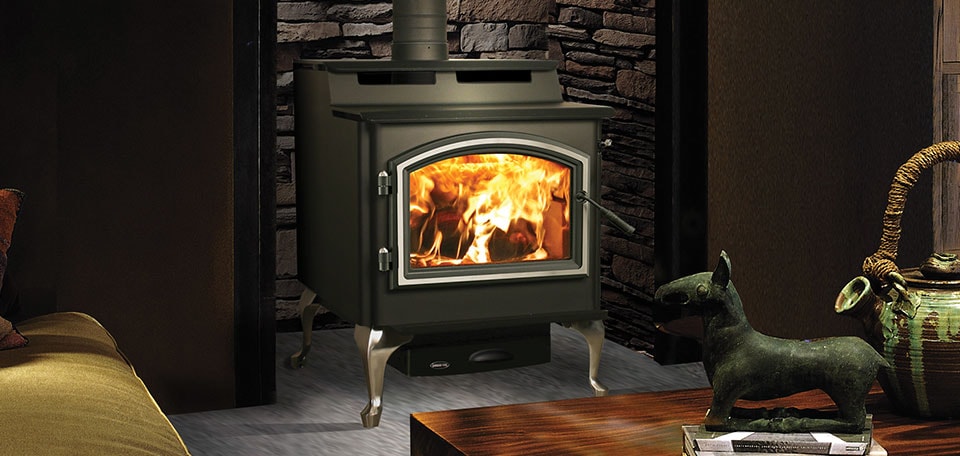Wood Burning Stoves: Cast Iron or Steel?
When you’re picking out a wood stove, you’ll eventually have to decide if you want a cast iron or a steel stove. Both are great options, but they are slightly different.

Looks
Cast iron is the traditional material used to make stoves. Because of this, people often think cast iron stoves have a nice, classic look to them. Because iron is poured into a mold (aka cast), manufacturers are able to create ornate and distinct bodies for their stoves. Cast iron stoves can also be dipped into enamel, creating beautiful color choices.
Steel stoves, on the other hand, are sleeker and more modern looking. If you’re interested in a lighter look, a smooth steel stove is best for you.

Heat Retention
The most important difference between cast iron and steel stoves are the thicknesses. Cast iron is the thickest thing a stove can be made out of, which means that it takes longer to heat, but will hold heat for longer. When you light a fire, it’s going to take about an hour for all of the dense iron to warm up enough to radiate heat into your home. When that fire goes out, though, a lot of leftover heat will still be in the iron, and so your stove will continue to put off heat. Steel is thin, and will do the opposite.
This concept is especially important in Alaska, where our outside temperatures can be brutal. If wood is the primary heat source in your home or cabin, it might be frustrating to wait an hour for your house to heat up, so a steel stove might suit your needs better. But, if wood is your secondary source and your stove is just to heat a particular room or offset your heating bill, you might prefer cast iron.
Best of Both Worlds
Both options are great, just a little different. When choosing which to put into your home or cabin, it’s all up to your preferences.



